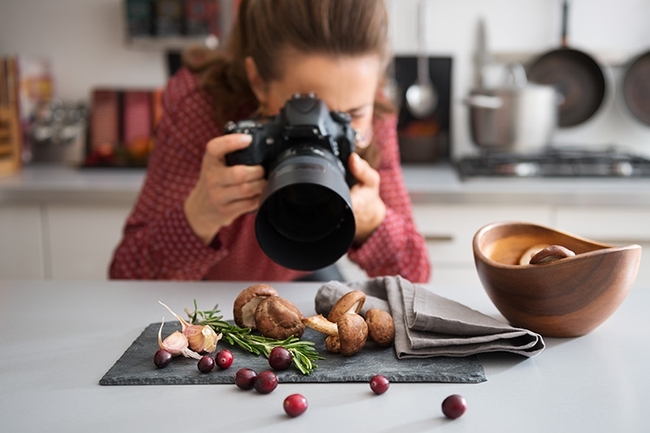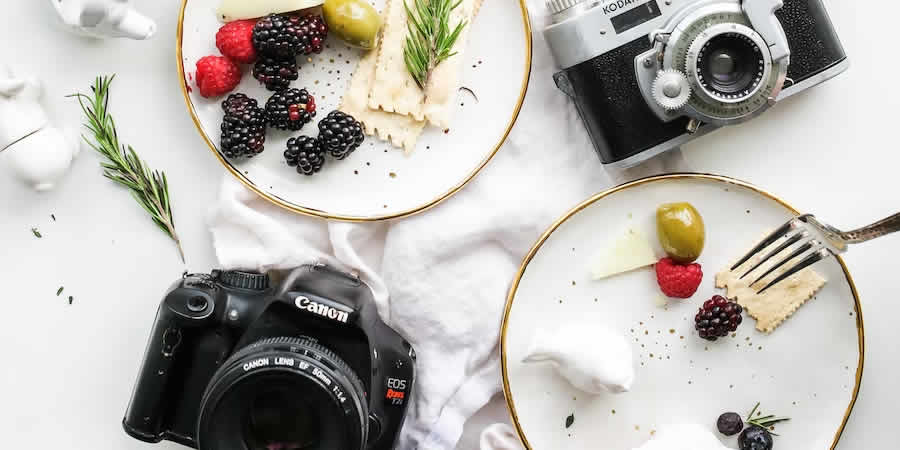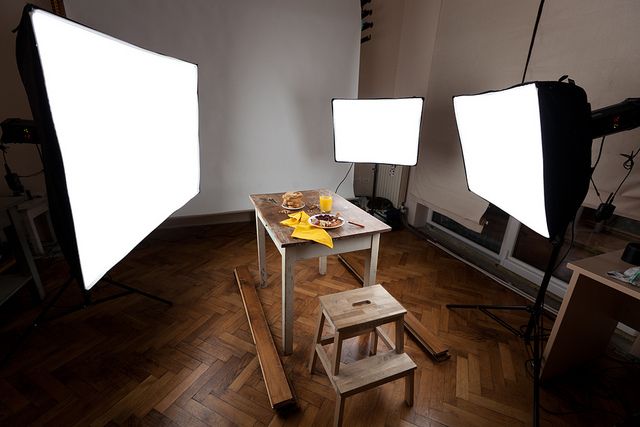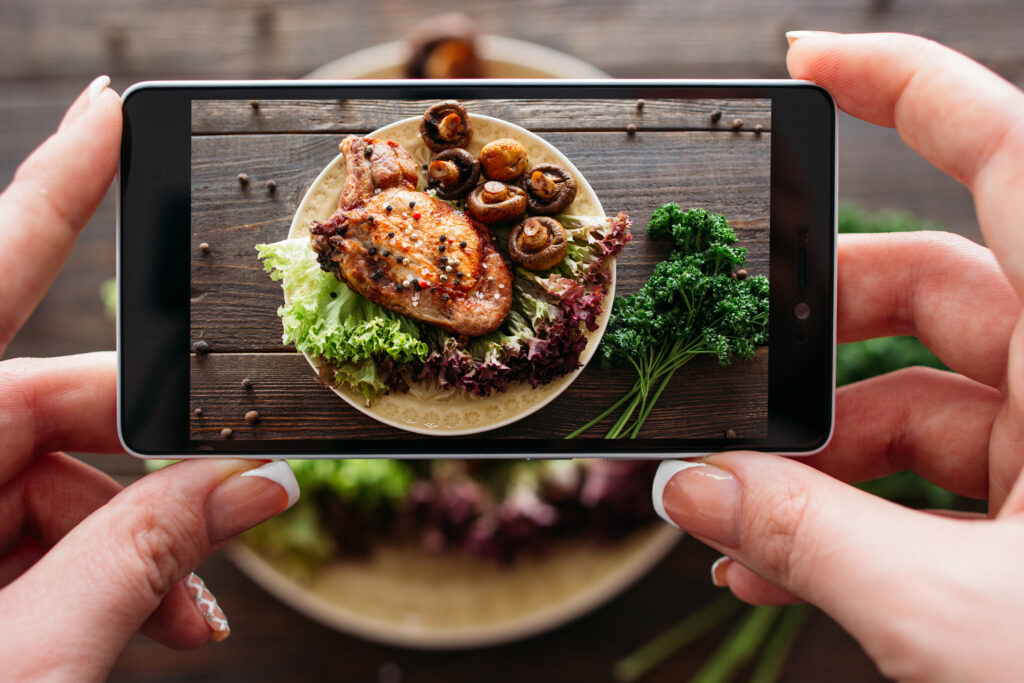Introduction:
Food styling is the art of creating visually appealing dishes that look as good as they taste. Whether you’re a professional food photographer or blogger, or simply love sharing pictures of your meals on social media, food styling can help you create images that will leave your audience drooling. In this blog, we will discuss the basics of food styling and provide tips and tricks for creating beautiful dishes for the camera.
The Basics of Food Styling:
Food styling is all about making your food look its best. This involves careful selection of ingredients, preparation, and presentation. Here are some tips for getting started:
Selecting Ingredients:
When it comes to food styling, selecting the right ingredients is key. Choose fresh, vibrant produce that is in season and at its peak of ripeness. Consider colour, texture, and shape when selecting ingredients, and think about how they will complement each other in the finished dish.
Preparation Techniques:
The way you prepare your food can also impact its appearance. Here are some preparation techniques to consider:
- Cutting and slicing: Cutting vegetables and fruits into uniform shapes can create a more visually appealing dish.
- Grilling and charring: Grilling or charring meats and vegetables can add texture and depth to your photos.
- Adding garnishes: Adding garnishes like herbs, spices, and edible flowers can add colour and interest to your dish.
Presentation:
Presentation is everything when it comes to food styling. Here are some tips for presenting your food in the best possible way:
- Plating: Consider the size and shape of your plates, and use them to frame your food in an aesthetically pleasing way.
- Negative space: Leave some empty space on your plate to create a more visually appealing composition.
- Props: Consider using props like utensils, napkins, and tablecloths to add interest to your photos.
Lighting and Composition:
In addition to selecting the right ingredients and presenting your food in an appealing way, lighting and composition are also important factors to consider when styling your food.
Lighting:
Good lighting is essential for creating beautiful food photos. Here are some tips for getting the lighting right:
- Use natural light: Natural light is the best option for food photography. Try shooting near a window during the day, when the light is at its brightest.
- Avoid harsh shadows: Harsh shadows can make your food look unappetizing. Use diffused light to soften shadows and create a more even lighting setup.
- Consider the time of day: The time of day can impact the quality of light. Experiment with shooting during different times of the day to find the best lighting for your photos.
Composition:
Composition is the arrangement of elements in your photo. Here are some tips for composing your food photos:
- Rule of thirds: The rule of thirds is a composition technique that involves dividing your photo into thirds horizontally and vertically. Place your subject at one of the points where the lines intersect for a more visually appealing composition.
- Symmetry: Symmetrical compositions can be very effective in food photography. Consider centring your subject in the frame for a more symmetrical composition.
- Leading lines: Leading lines are lines in your photo that draw the viewer’s eye to your subject. Consider using utensils or other props to create leading lines in your food photos.
Conclusion
Food styling is all about creating visually appealing dishes that look as good as they taste. By selecting the right ingredients, using preparation techniques that add texture and depth, presenting your food in an appealing way, and paying attention to lighting and composition, you can create stunning food photos that will leave your audience drooling.
Remember, food styling is an art, and like any art form, it takes practice to master. Don’t be discouraged if your first attempts don’t turn out the way you envisioned them. Keep experimenting with different ingredients, preparation techniques, and presentation styles until you find what works for you.
In addition to the tips and tricks we’ve shared here, there are plenty of resources available online for further learning. Check out food photography blogs, online tutorials, and YouTube videos for more ideas and inspiration.
By mastering the art of food styling, you can take your food photography to the next level and create beautiful dishes that will leave your audience drooling. So, get out there, start experimenting, and have fun creating beautiful dishes for the camera!
External links:
- 5 Tips for Taking Mouthwatering Food Photos: https://www.canva.com/learn/food-photography-tips/
- The Importance of Lighting in Food Photography: https://www.lightstalking.com/lighting-food-photography/
- Food Photography Composition: Tips & Techniques for Stunning Photos: https://expertphotography.com/food-photography-composition/
- Food Styling 101: Tips and Techniques: https://food52.com/blog/14260-food-styling-101-tips-and-techniques
Additional Resources:
If you’re interested in learning more about food styling and food photography, here are some additional resources to check out:
- The Bite Shot: The Bite Shot is a blog and YouTube channel run by food photographer Joanie Simon. Her videos and tutorials cover a wide range of food photography topics, including styling, lighting, and composition.
- Food Photography School: Food Photography School offers online courses and tutorials on all aspects of food photography, including styling and composition.
- Plate to Pixel: Plate to Pixel is a book by food photographer Helene Dujardin that covers everything from selecting ingredients to editing your photos. It’s a great resource for anyone looking to improve their food photography skills.
- Food Styling and Photography for Dummies: This book by Alison Parks-Whitfield is a great resource for beginners looking to learn the basics of food styling and photography.
Whether you’re a seasoned pro or just starting out, these resources can help you take your food styling and photography skills to the next level. Happy styling!






Reply